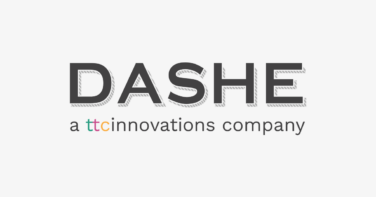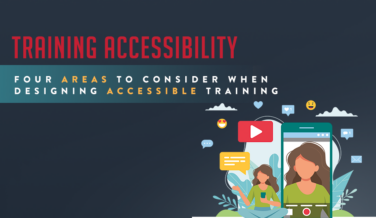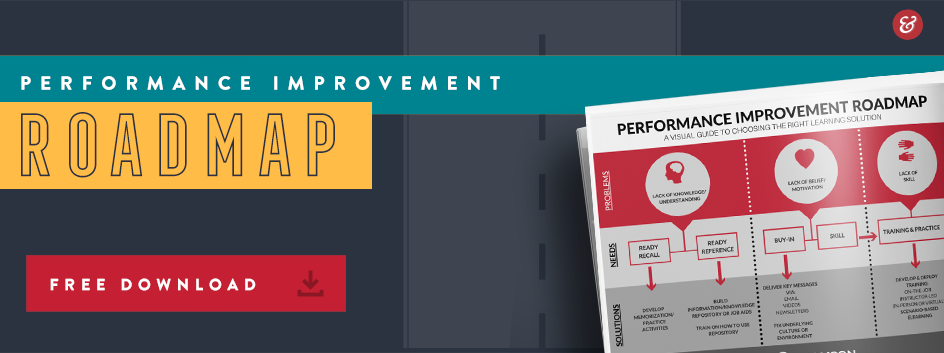Build A Stronger Workforce by Improving Remote Onboarding
Within the last 12 months, many companies have made the decision to transition to hybrid work environments. While these new work settings give employees more flexibility and control over their work/life balance, they also create a variety of new needs. More specifically, organizations are having to deal with the new challenge of hiring and onboarding employees in remote and hybrid environments. This has proven to be a struggle for many businesses, especially as hiring continues to ramp up in what feels like a permanent hybrid and remote work landscape. Fortunately, L&D departments are uniquely positioned to create remote onboarding programs that help new hires perform in their role sooner and improve business outcomes.
There are a variety of factors that impact employee onboarding success, but the most important are prioritizing people, communicating effectively, developing strong culture, and creating accessible, organized content.
Prioritizing people is a concept that is a part of nearly all learning and development projects, and it is incredibly important when developing a remote onboarding program. Due to the novelty of mainstream remote work environments, many employees are experiencing remote onboarding for the first time, meaning they have little experience acclimating to new teams and processes in a completely digital space. It is up to your organization to ensure they are the centerpiece of the onboarding program, more importantly that you are listening to their wants and needs and providing support as they transition into their new role.
When creating a remote training program, it may be tempting to increase efficiency by removing human contact and digitizing processes. In reality, this will most likely do more harm than good. With face-to-face contact already heavily reduced in remote environments, it is essential that onboarding programs give new hires opportunities to connect with their coworkers in some facet. If you want your new hire to be successful, focus on them as a person, not an employee.
Effective, clear communication is another key need for onboarding in remote environments. Onboarding is your organization’s first impression on your new hire and establishing clear communication practices and media can help them fit into their role quicker. Start by trying to establish one or two key communication platforms—maybe your organization prefers email, or maybe you use Jabber, or Slack. No matter what digital platform you choose to communicate with, ensure it is consistent and clear. Bombarding new hires with many different communication media can make them overwhelmed, slow down processes, and reduce overall organizational efficiency. If you establish your organization’s communication strategy early and often in onboarding, you will be setting your new hire up for a comfortable transition to your company’s process and culture.
Speaking of culture, every organization has one, and it’s up to your remote onboarding program to make sure employees understand yours. Positive culture is at the heart of every successful organization, and new hires should be acclimated with your business’ attitudes and behaviors. One of the best ways to help a new hire become acclimated to your company culture is to interact with them often and in team settings. We always recommend setting up onboarding meetings that orient new hires to their team, and one of the main reasons is because it helps them learn the ins and outs of organizational culture through their future teammates.
Finally, and perhaps the most important part of a remote onboarding program, is to digitalize onboarding materials from the past. Most organizations had physical paper copies of training materials that were developed and used in office settings. Most of these are now obsolete, and now is a great time to reevaluate your onboarding docs and how they can be changed. If you had a strong system in place before, transitioning those documents to digital environments is a great first step. Supplementing these materials with content directed at onboarding in remote environments will further develop your remote onboarding program and ultimately make it more effective.
If your organization was preparing for an onboarding refresh, now is also a great time to overhaul your process and tailor it specifically for remote work. Starting fresh can be rewarding, and if your company is planning on staying remote for the foreseeable future, it may also be the most time- and cost-effective way to onboard employees.
Now that you’ve established a baseline for what remote onboarding should look like, it’s time to take a deeper dive into how you can set your new hire up for success in their role. One of the most important aspects of new hire onboarding is orientation. No, we don’t just mean sitting in a meeting for two hours and taking in as much information as possible. We’re talking about a well-designed route for your new hire to set goals, metrics, and understand where and how they should be spending their time and focus in their new role. We suggest starting with some simple first tasks that focus on collaboration and cross-team work to allow your new hire to be comfortable alongside their new coworkers. These tasks should require basic knowledge of company processes to allow your new hire to accomplish them with little to no support.
When it comes to your broader onboarding strategy, setting new hire goals for the first month, 3 months, 6 months, and year will be extremely valuable. Employees need to know what their priorities will be in their new role and setting metrics to help them understand if they are on the right track will help in two ways: 1. It will provide your organization with a way to measure new hire success and 2. It will provide your new hire with a resource they can refer back to when they are unsure of their new role and responsibilities.
As with any learning and development program, your employees will get out of it what you put into it. If you and your L&D resource work hard to create an onboarding program that prioritizes people and properly orients new hires for a remote environment, you will see positive outcomes for both you and your employees.
Continue reading

Dashe joins ttcInnovations
Learn More
Embracing the Future: Early Adopters of Generative AI for Learning
Learn More
Four Areas To Consider When Designing Accessible Training
Learn MoreCommitted to
finding solutions

